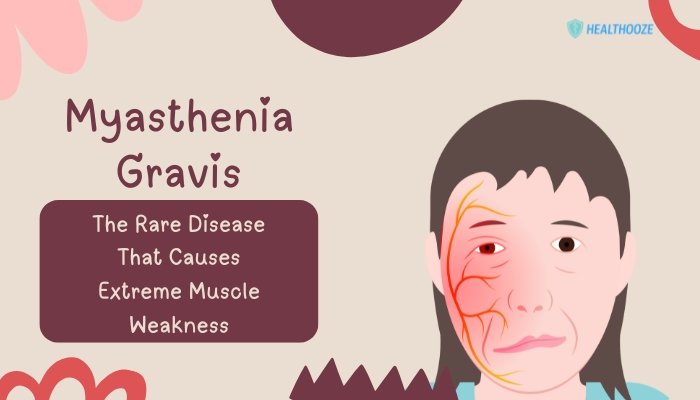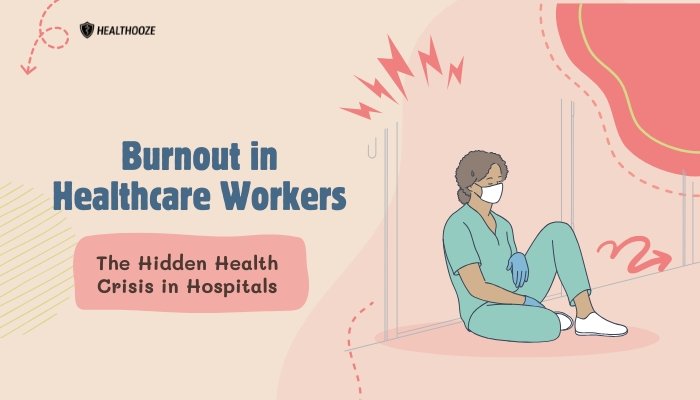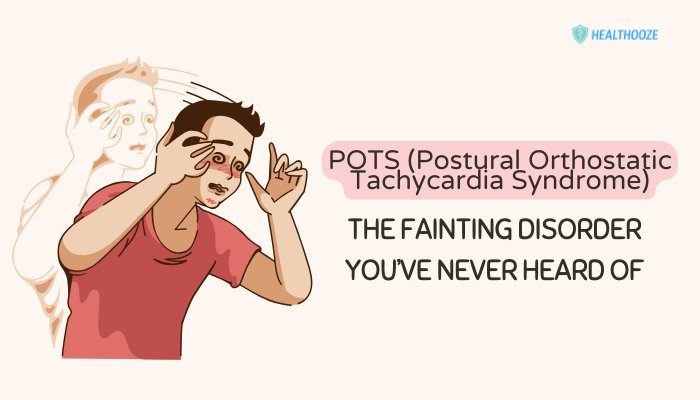Introduction
When people discuss uterine prolapse, they often picture older women with weakened pelvic muscles due to childbirth or menopause. However, uterine prolapse—where the uterus descends into or protrudes from the vaginal canal—can and does occur in younger women as well.
The causes range from connective tissue disorders to intense physical strain or repeated heavy lifting. Yet, this possibility remains a taboo subject, leaving many younger women with confusion, embarrassment, or delayed treatment.
This article illuminates the realities of uterine prolapse in younger populations, revealing risk factors, treatment options, and how to address social stigmas.
Understanding Uterine Prolapse
What Is Uterine Prolapse?
Uterine prolapse occurs when pelvic floor muscles and supporting ligaments weaken or stretch, allowing the uterus to slip downward into the vagina. In severe stages, the cervix or uterus may protrude outside the vaginal opening. Symptoms can vary:
- A sensation of heaviness or pressure in the pelvis
- Lower back or pelvic pain
- Discomfort or pain during intercourse
- Vaginal bulging or protrusion, visible or felt during bathing
While typically associated with aging, younger women can experience pelvic floor weakening too, and ignoring these early signs may lead to increased severity over time.
Common Causes and Risk Factors
- Childbirth Trauma: Although postpartum pelvic floor damage is more common in older women or those with multiple deliveries, younger mothers—especially those with complicated vaginal births—can develop postpartum pelvic floor dysfunction.
- Congenital Connective Tissue Weakness: Genetic or hereditary factors can predispose certain individuals to pelvic organ support problems.
- Obesity and Strain: Excess weight or repeated heavy lifting strains the pelvic floor.
- High-Impact Sports: Activities involving intense core pressure (e.g., heavy weightlifting) or repetitive jumping can heighten the load on pelvic structures.
Why It’s Overlooked in Younger Women
Age-Related Stereotypes
Pelvic organ prolapse is widely framed as an “older woman’s issue,” thus doctors may not routinely check for it in younger patients. This bias can delay identification, as neither the patient nor the provider suspects uterine prolapse.
Silence and Shame
Lack of open conversation about pelvic health fosters embarrassment when younger women experience symptoms like vaginal bulging or painful intercourse. Fear of being dismissed or feeling “too young for that problem” further discourages them from seeking professional help.
Limited Research and Awareness
Because of smaller incidence rates in younger demographics, research focuses more on older age groups. This can hinder targeted guidelines or best practices that would specifically aid younger women.
Identifying and Managing Symptoms
Early Warning Signs
- Pelvic Pressure: A dragging or pulling sensation in the lower abdomen.
- Visible Bulge: Noticing a protrusion in the vaginal area, especially after standing or strenuous activity.
- Urinary or Bowel Changes: Frequent UTIs, incomplete bladder emptying, or straining during bowel movements.
Diagnosis
A pelvic exam by a gynecologist or urogynecologist can confirm uterine prolapse. In many cases, a patient might be asked to “bear down” (like having a bowel movement) during the exam to observe prolapse severity. Additional imaging, like ultrasound or MRI, can help if the diagnosis is unclear or if multiple pelvic organs are involved.
Non-Surgical Management
- Pelvic Floor Exercises (Kegels): Strengthen muscles supporting the uterus. A physiotherapist specialized in pelvic health can optimize technique and track progress.
- Pessary Devices: A removable silicone or plastic device inserted in the vagina to support the uterus, alleviating symptoms without surgery.
- Lifestyle Adjustments: Maintaining healthy weight, avoiding heavy lifting, and managing constipation can reduce downward pressure on the pelvis.
Surgical Options
When symptoms are severe or unresponsive to conservative therapy:
- Uterine Suspension or Hysteropexy: Attaches or re-supports the uterus using synthetic mesh or native tissues.
- Hysterectomy: Some may opt to remove the uterus if they do not desire future fertility; however, younger women may prefer uterus-sparing surgeries.
- Vaginal or Abdominal Approaches: Minimally invasive laparoscopic or robotic procedures offer faster recovery, but require specialized surgeons.
Addressing Emotional and Social Barriers
Emotional Impact
Experiencing uterine prolapse in one’s 20s or 30s can induce feelings of shame, depression, or fear regarding future fertility and sexual intimacy. Encouraging open discussions with partners and exploring safe therapies fosters a sense of control and acceptance.
Myths vs. Realities
- “Only older women get prolapse”: As highlighted, younger women with risk factors can also be affected.
- “Prolapse means no more sex or kids”: With appropriate treatment or pelvic floor therapy, many preserve sexual function and can conceive normally (though caution and follow-up are advised).
Support Communities
Online forums or local groups help younger women share experiences, gather practical advice, and find specialized doctors. Social media also fosters peer mentorship and normalizes conversation around pelvic health, busting taboos.
Collaborative Care and Next Steps
Healthcare Team Involvement
- Urogynecologists: Subspecialists focusing on female pelvic floor disorders.
- Physical Therapists: Certified pelvic floor therapists can customize exercises to each patient’s stage of prolapse.
- Nutritionists: Guidance on high-fiber diets, hydration, and weight management further support pelvic health.
Policy and Awareness
Some advocacy groups push for broader insurance coverage of pelvic floor rehabilitation, mainstreaming postpartum care that checks for potential organ prolapse or incontinence. Research expansions also aim to refine minimally invasive procedures or develop innovative solutions like better-fitting pessaries.
Reducing Stigma, Enhancing Education
Public health campaigns around postpartum pelvic health, postpartum support groups at maternity clinics, or workplace accommodations for employees with pelvic strain can ensure earlier detection and less daily discomfort.
Conclusion
Uterine prolapse in younger women is not as anomalous as commonly assumed, especially when congenital or postpartum risk factors exist. While overshadowed by the stigma that “pelvic floor problems belong to older folks,” ignoring pelvic discomfort or dismissing a bulging sensation can lead to progressively worse symptoms. By raising awareness, fostering open discussion, and ensuring access to specialized care, younger women can effectively manage uterine prolapse, preserving fertility, sexual intimacy, and confidence in everyday life. With growing recognition and advanced techniques, the once “taboo” conversation about pelvic organ prolapse can become a routine part of comprehensive women’s health care.
References
- Jelovsek JE, Maher C, Barber MD. Pelvic organ prolapse. Lancet. 2007.
- Dietz HP. Pelvic organ prolapse—biology and epidemiology. Swiss Med Wkly. 2010.
- Wu JM, Kawasaki A, Guess MK, et al. Prevalence of pelvic floor disorders in US women. JAMA. 2008.
- http://www.augs.org/







